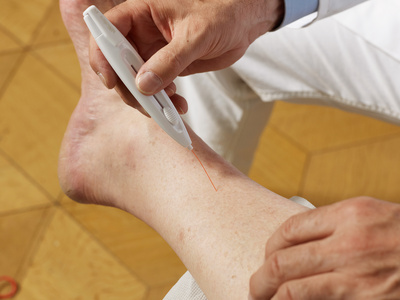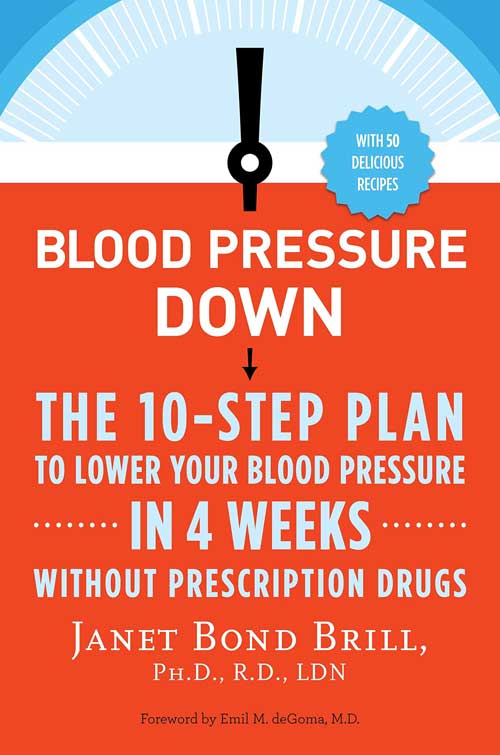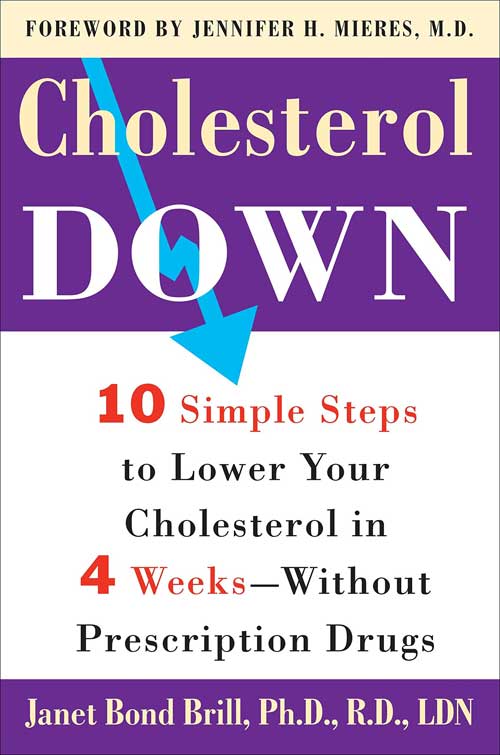By


If you have diabetes, you may be concerned with the health of your feet. Indeed, for people with diabetes, foot health should be a top priority, as this illness is often associated with complications like nerve pain, neuropathy and even severe infections that require amputation. Thankfully, there are several ways you can protect your feet and prevent some of the complications linked to diabetes. Compression socks, for example, can be valuable tools for diabetics. keep reading to discover the benefits of compression wear, as well as other tips on protecting your feet.
What Are Compression Socks?
Compression socks, compression hosiery and other compression garments are designed to enhance blood flow by gently squeezing the legs. This can treat and prevent swelling, rejuvenate tired, aching legs, and prevent complications like varicose veins, blood clots and more.
For diabetics, compression socks and hosiery can be extremely beneficial, as this illness is linked with poor circulation. In turn, poor circulation can result in the buildup of plaque in the arteries, which can lead to peripheral artery disease and, in some cases, heart attack or stroke. In fact, diabetes, along with lifestyle choices like smoking, drinking and being overweight or obese, significantly increases the risks associated with heart disease, stroke and heart attack. Therefore, the use of compression hosiery is just one way diabetics can improve circulation and enhance overall health and quality of life.
The Benefits of Compression Socks
In addition to reducing the risks associated with peripheral artery disease, or PAD, compression socks can provide other advantages to individuals with diabetes. A few of those benefits include the following:
- Quicker healing. By improving circulation, compression hosiery can help promote healing in cases of sores, bunions, blisters and other injuries to the feet. By helping the body to heal quicker, diabetic socks can reduce the risk of amputations and other complications.
- Reduced pain and swelling. Compression socks provide support to the feet and legs, which can reduce swelling and tenderness.
- Less irritation. Since irritating fabrics can result in rubbing and blistering, they can put diabetics at risk for the development of sores. Compression socks, on the other hand, are made with soft fabrics, specifically designed to prevent irritation. Most are also made with wicking materials, which keep the feet dry and further minimize rubbing and the resulting injuries.
More Tips on Caring for Your Feet
In addition to choosing the proper socks and footwear, the following tips can help reduce the risks associated with diabetic complications to the feet:
- Maintain healthy blood sugar levels. By and large, the best way to reduce the risks associated diabetes is by maintaining healthy blood glucose levels. Take your medications as prescribed, and be sure to abide by the dietary restrictions set by your doctor.
- Check your feet often. If you have nerve damage, you may not feel injuries to your feet. Prevent further injury by checking your feet frequently, and seeing a doctor if sores or blisters are present.
- Moisturize. Prevent drying and cracking by moisturizing the feet with extra-strength lotions and formulas designed especially for diabetics.
- Do what you can to enhance circulation. Physical activity is a great way to get the blood flowing, so be sure to get plenty of exercise. This can also help with weight loss, which is beneficial for diabetics.
- Talk to your doctor. Your doctor can give you some tips on further protecting your feet and overall health. Be sure to ask questions, and voice any concerns you may have regarding your feet or your illness, in general.
Although diabetes can result in complications to your health, there are ways you can help protect yourself. With the tips provided here, you’re better equipped to avoid the risks associated with this illness, which can provide significant benefits to health and quality of life.











